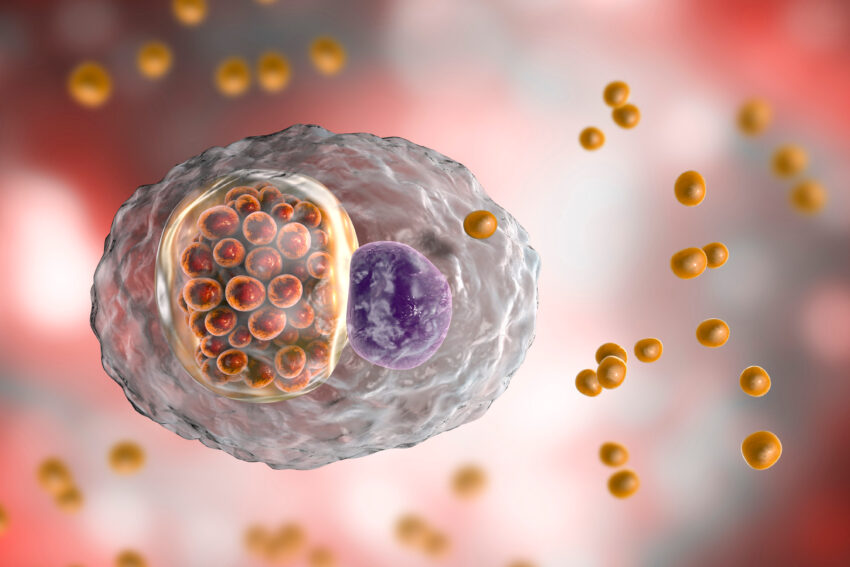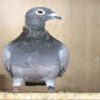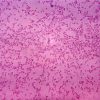
Respiratory Health Determines Pigeon Racing Success
Respiratory Health Determines Pigeon Racing Success
In the world of pigeon racing, every beat of a wing and every breath taken can mean the difference between victory and defeat. While training, nutrition, and genetics are often in the spotlight, the respiratory health of your pigeons plays a pivotal role in their racing performance. Even minor inefficiencies in the respiratory system can drastically reduce oxygen delivery and flight endurance, leading to subpar results.
In this comprehensive guide, we’ll delve into the significance of respiratory health in racing pigeons, the common ailments that can hinder performance, and proactive measures to ensure your birds breathe easy and fly high.
The Crucial Role of the Respiratory System in Racing Pigeons
Racing pigeons are elite athletes, capable of flying hundreds of miles at impressive speeds. To sustain such feats, their bodies rely heavily on an efficient respiratory system. Unlike mammals, pigeons possess a unique respiratory anatomy that includes air sacs, allowing for a continuous flow of air through the lungs, ensuring maximum oxygen extraction. This system supports their high metabolic demands during flight.
However, any compromise in this system—be it due to infections, environmental factors, or management practices—can lead to decreased oxygen delivery, muscle fatigue, and reduced endurance. In essence, a pigeon with compromised respiratory health is like a car running on a clogged air filter—performance is inevitably hindered.
Common Respiratory Ailments Affecting Racing Pigeons
Several respiratory diseases can afflict pigeons, each with its own set of symptoms and implications:
1. Chronic Respiratory Disease (CRD)
Often caused by Mycoplasma gallisepticum, CRD is a persistent condition that can severely impact a pigeon’s performance. Symptoms include nasal discharge, sneezing, coughing, and reduced flight stamina. If left untreated, it can lead to irreversible damage to the respiratory system.
2. Ornithosis (Chlamydiosis)
Caused by Chlamydia psittaci, this disease often presents subtly, making early detection challenging. Signs include watery eyes, nasal discharge, and lethargy. It’s highly contagious and can spread rapidly within a loft.
3. Fungal Infections
Poor loft hygiene can lead to fungal infections like aspergillosis. These infections can cause respiratory distress, leading to open-mouth breathing, wheezing, and decreased activity levels.
Environmental Factors Impacting Respiratory Health
Beyond pathogens, environmental conditions play a significant role in respiratory well-being:
-
Ventilation: Proper airflow prevents the buildup of ammonia and moisture, both of which can irritate the respiratory tract.
-
Humidity: High humidity levels can promote mold growth, leading to fungal infections.
-
Dust and Ammonia: Accumulated droppings and poor cleaning practices can increase ammonia levels, causing respiratory irritation.
-
Overcrowding: High bird density can facilitate the rapid spread of respiratory diseases.
Proactive Measures for Optimal Respiratory Health
Ensuring your pigeons maintain peak respiratory health requires a multifaceted approach:
1. Regular Health Monitoring
Observe your birds daily for signs of respiratory distress, such as sneezing, nasal discharge, or open-mouth breathing. Early detection allows for prompt intervention, preventing the spread of disease.
2. Maintain Loft Hygiene
Clean the loft regularly to prevent the buildup of droppings and dust. Ensure feeders and waterers are sanitized, and replace bedding materials frequently.
3. Optimize Ventilation
Ensure the loft has adequate airflow without causing drafts. Proper ventilation reduces humidity and disperses harmful gases like ammonia.
4. Quarantine New Birds
Before introducing new pigeons to your loft, quarantine them for at least two weeks. This practice helps prevent the introduction of new pathogens.
5. Balanced Nutrition
Provide a diet rich in essential vitamins and minerals. Supplements like vitamin A can support mucous membrane health, bolstering the respiratory system.
6. Vaccination and Medication
Consult with a veterinarian about appropriate vaccination schedules and treatments. Prophylactic treatments during high-risk periods can be beneficial.
The Impact of Respiratory Health on Racing Performance
Even minor respiratory issues can have a cascading effect on a pigeon’s racing capabilities:
-
Reduced Oxygen Uptake: Compromised respiratory systems can’t deliver adequate oxygen to muscles, leading to quicker fatigue.
-
Decreased Endurance: Affected pigeons may struggle to complete races or show reluctance to fly.
-
Increased Recovery Time: Post-race recovery can be prolonged, affecting training schedules.
-
Higher Susceptibility to Other Diseases: A weakened respiratory system can make pigeons more vulnerable to other infections.
Conclusion
In the competitive realm of pigeon racing, respiratory health is paramount. By understanding the intricacies of the respiratory system, recognizing potential threats, and implementing proactive health measures, you can ensure your pigeons remain in top form. Remember, a pigeon that breathes easy flies high.


